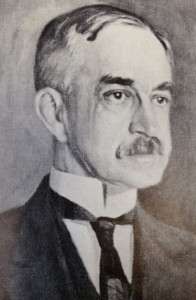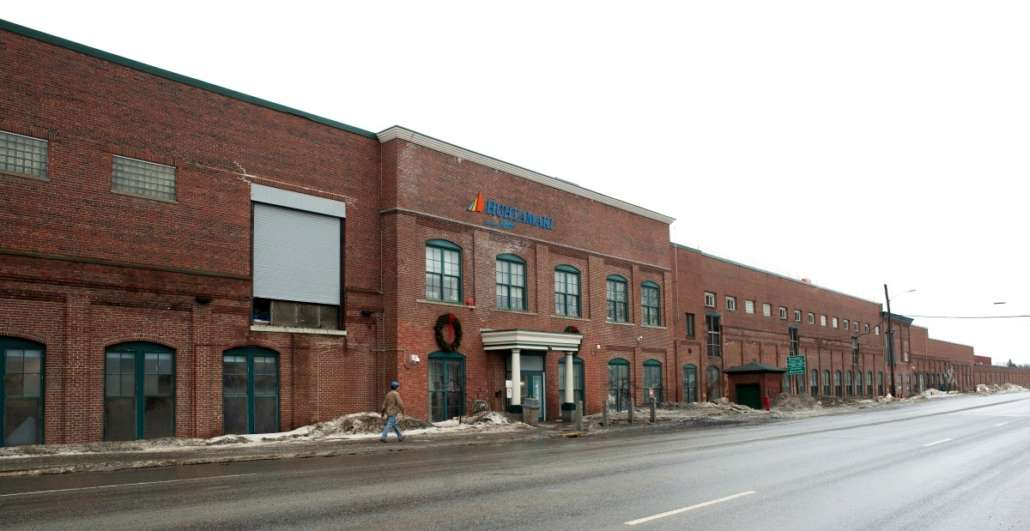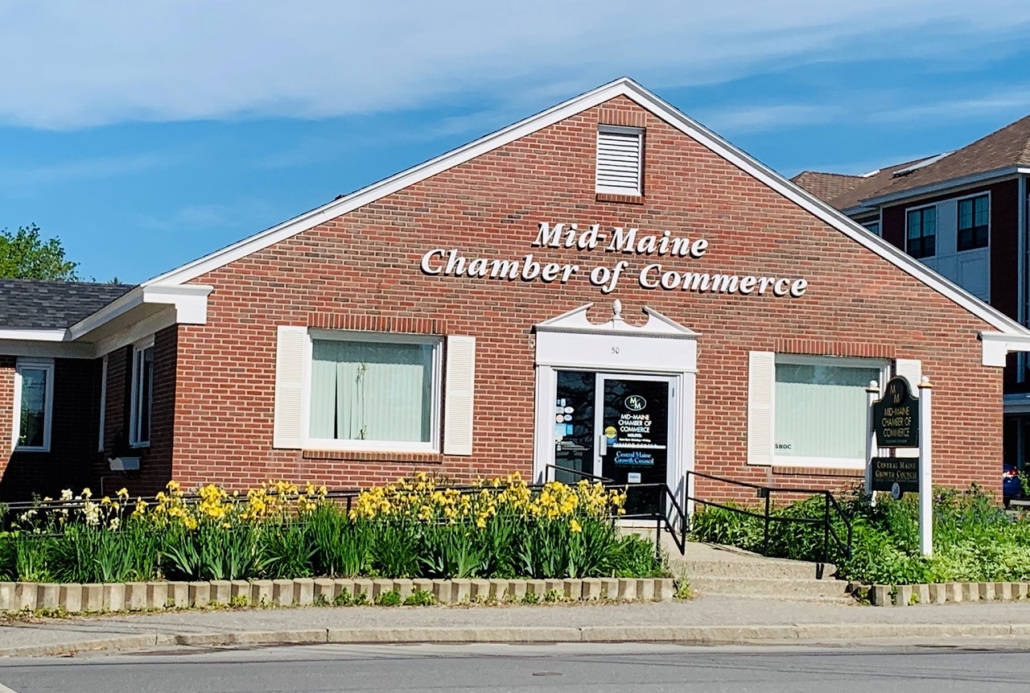The Good Trail: Tall Nancy is coming tomorrow
 by Lisa Lichterfeld
by Lisa Lichterfeld
“Tall Nancy is coming tomorrow.” Selwyn gives one of his world weary sighs, signaling resignation, since his default stance towards visitors is generally averse. This gets me going with a quick retort. “You are incredibly lucky that tall Nancy chooses to come here and spend time with you.” Selwyn is equally quick to make eye contact and state “You’re right. Tall Nancy is an angel.”
When I took a seasonal farm position at Johnny’s Seeds, some of my friends – fellow parents of young athletes who are part of the Unified Champion Club – asked how they could be supportive. I was concerned about leaving my husband home alone for that length of time. Selwyn is physically frail and has growing memory loss and confusion. He had become increasingly dependent, needing support for many daily life activities. Nancy offered to come one day a week and stay for four hours. She developed her own routine into which she incorporated sweeping and cleaning the kitchen, bringing in the recycling barrel from the road, making and eating lunch with Selwyn, and rubbing Selwyn’s feet. Now everyone reading this understands why the term “angel” can be applied to Nancy. The tall part is because – well, she is tall, and that is how Selwyn distinguishes her from the other Nancys in our circle of friends.
 Three weeks after I started working at the farm, I quit. It just wasn’t working out. Making sure the needs of my husband and my daughter were being met through coordinating daily support from my friends and family became too stressful. And Selwyn had deteriorated further due to his anxiety with all of the arrangements.
Three weeks after I started working at the farm, I quit. It just wasn’t working out. Making sure the needs of my husband and my daughter were being met through coordinating daily support from my friends and family became too stressful. And Selwyn had deteriorated further due to his anxiety with all of the arrangements.
Tall Nancy said “Can I still come over on Tuesdays?” And so we established a pattern and a growing friendship and camaraderie as Nancy volunteered her time so that I could take a physical and mental breather from the demands of home life.
One day as Nancy was leaving our home I said “you are our hero Nancy”. That afternoon Nancy was walking the trail in Benton with her son Jonathan and his direct support person Kevin.
Chet started working at New Balance 23 years ago, right out of high school. New Balance, as a workplace, encourages its employees to embrace a culture of giving. This aligns with Chet’s own values and temperament. “I’m not going to drive by someone on the road with a flat tire, and not stop.” He hopes that this ethos continues to live on in his sons Christian 21, and Trenton 11.
 On the first of July, Chet was driving around looking for a local ball game to watch. It was his first day of vacation. He sat on the bleachers at the Wrigley field, in Waterville, and watched a not so typical game.
On the first of July, Chet was driving around looking for a local ball game to watch. It was his first day of vacation. He sat on the bleachers at the Wrigley field, in Waterville, and watched a not so typical game.
All the batters hit the ball – either from multiple pitches or a T. Every hit, catch and run was cheered by the spectators. There was a great deal of elation, and rarely any sense of defeat. Chet was watching the Unified Champion Club. In the UCC team, some players are more skilled and they are able to play more competitively with one another. Others are beginners, or less skilled, and even the most competitive in the field will stop, wait, fumble the ball, and otherwise take steps to make sure that person makes it to first base.
While eating ice cream and observing this unusual ball game, Chet couldn’t help overhearing a conversation taking place a few rows down on the bleachers. Our very own tall Nancy was telling her other mom friends about her dream to have a swing built at her home that was large enough for her six-foot three-inch, 30-year-old son Jonathan. Jonathan is largely non-verbal, and does not participate in team sports, but comes to many of our team events. At the ball field he usually spends his time on the swings. He so loves to swing that he will endure the discomfort of having the too small swings (designed for children) cut into his hips, leaving open areas that have to heal.
This conversation percolated in Chet’s mind, and he decided that he wanted to build that swing. He talked to his friend and co-worker Maggie and she immediately wanted to finance the project. “Word got around and pretty soon everybody was saying ‘I want to help’.”
Now it was up to Chet to find the woman with the son who needed a swing. He went back to the ball field for the next two weeks on the same day at the same time, only to be disappointed. Determined to find them, he called the AYCC, spoke to Patrick Guerette and was informed that the one time that he had watched our game was on an alternate night due to bad weather. The next week he would finally be able to find us on the correct evening.
But he did not have to wait that long. Running on the river trail in Benton, he saw one of the people who he remembered from the game. It was Kevin, one of the partners in the UCC.
Once you have seen Kevin, you will remember him. Noticeably short with a very long, full, dark beard, Kevin is one of the most approachable people I know. Always up for a bit of fun, and frequently a bit of mischief. Chet stopped his run and began rapidly explaining how he recognized Kevin, and how much he wanted to build a swing for “that woman and her son”.
At some point, tall Nancy who was patiently watching this conversation unfold, leaned towards Kevin and whispered “well, shall we tell him?”.
And that is how Chet met Nancy and Jonathan.
Money was pooled from all of those involved with the major portion coming from Maggie.
When the materials were purchased, Dan from Hammond Lumber contributed funds to the project as well. Justin, Jimmy, and Chet built the swing with Chet’s son Trenton and Justin’s son Nick, assisting. Chet’s wife Renee beautified the landscape around the swing, planting flowers that continued to bloom right through the summer.
It all happened in a single day when Jonathan was out with Kevin and his partner Jill. Jonathan doesn’t like having people in his home and can sometimes become quite upset. But upon returning to the house at the end of the day, the smile and immediate adoption of the swing could not be mistaken for anything less than Joy. No matter how many people stood by and watched!
On the same day that I called Nancy “our hero”, she met Chet on the trail. As though synchronized by a writer’s pen, the trail of good deeds made itself visible. The service Nancy so graciously gave to us, and the very tangible and large swing that brought joy to Jonathan (and some respite for Nancy), seemed to be linked. At least in Nancy’s mind. Because the next time she came over, she said “You see, I better keep coming, because good things are happening!”
Love to my good friends Nancy Moore, Jonathan Tingley, Kevin Taft and Jill Currier. And love to those helpers I have not met – Chet, Renee and Trenton Hanscom, Maggie Diagle, Justin and Nick Cote, Jimmy Lucas, and Dan Doray.
The Unified Champion Club is a non-profit that operates out of the AYCC providing sporting events and memberships to adults with special needs and their partners. It brings people together whose destiny it is to assist one another in celebrating our beautiful lives. All donations towards this endeavor are welcome.
Lisa Lichterfeld is also the author of the book “My Name is Kwayah” written from the perspective of her daughter with Down Syndrome, and available on Amazon.


 American Lung Association releases new data and steps healthcare and public health professionals can take to help improve the lives of people living with COPD
American Lung Association releases new data and steps healthcare and public health professionals can take to help improve the lives of people living with COPD by Luis Franco, senior loan specialist, Center for Rural Affairs
by Luis Franco, senior loan specialist, Center for Rural Affairs

 Recycled Shakespeare Company (RSC) will hold auditions for their upcoming play Richard III on Sunday, November 26, 5 to 7 p.m., at South Parish Congregational Church, in Augusta, and Monday, November 27, 5 to 7 p.m., at Fairfield House of Pizza, in Fairfield.
Recycled Shakespeare Company (RSC) will hold auditions for their upcoming play Richard III on Sunday, November 26, 5 to 7 p.m., at South Parish Congregational Church, in Augusta, and Monday, November 27, 5 to 7 p.m., at Fairfield House of Pizza, in Fairfield.






